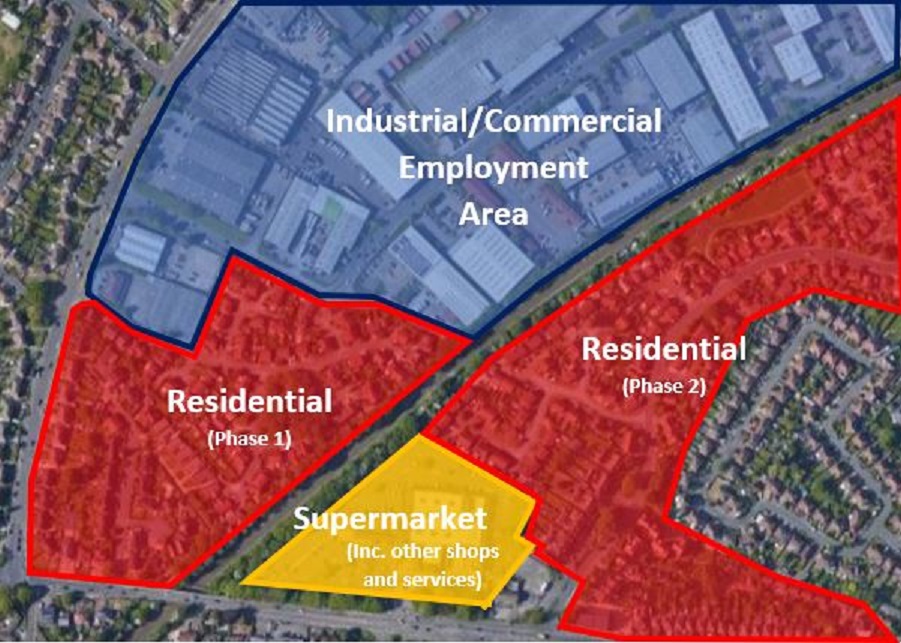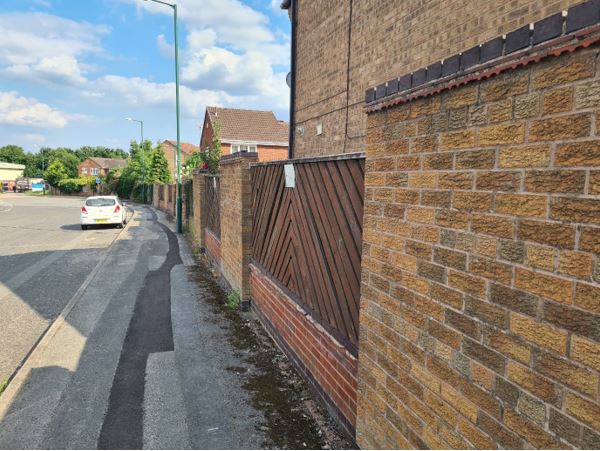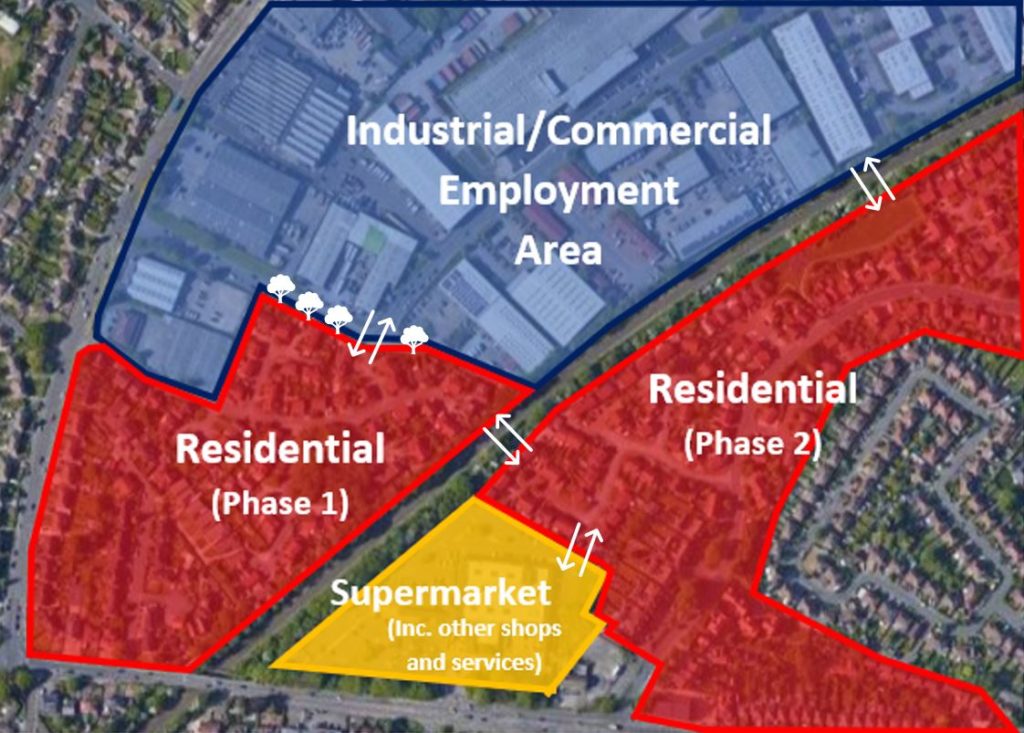Creating Attractive and Effective Connections (Part One)
Walkable communities provide an opportunity to encourage active travel – whether that be walking, cycling or scooting – by connecting a range key places (such as homes, shops, schools, workplaces or leisure, recreational and social facilities).
Improving active travel connectivity has a number of benefits, including;
- Increased physical activity and improved health of communities,
- Reduced environmental impact (carbon reduction),
- Reductions in traffic and congestion,
- More opportunities for social interaction amongst residents,
The design of our places and their connections is crucial to promoting ‘walkability’ and achieving these positive outcomes, and therefore a number of design considerations must be made;
- Is the route direct? Failing to provide a direct route provides a barrier to active travel, and therefore encourages less favourable forms of travel. Active travel doesn’t need to equate to significantly increased journey times, and direct connectivity can support this.
- Does it provide a sense of safety? The design of our places can result in a feeling of either safety and enjoyability, of perceived danger and fear.
- Is it attractive and legible? Routes lacking clear signposting, creating confusion or that are unattractive can all contribute toward a reluctance to walk, cycle etc. Creating places that direct and encourage people to engage in active travel, and feel safe and enjoyable when doing so is essential.
A Case Study in Connectivity:
Image A shows a community comprising residential, industrial/commercial units and retail (a major supermarket, coupled with a range of shops and cafes).

Image A – mixed use development.
Within this community, a number of connectivity challenges are present due to a failure to prioritise active travel in its development. Most notably;
- Neither phase of the residential development has connectivity to the major employment area, resulting in residents being required to significantly increase their travel time to access local employment opportunities. This reduces the likelihood of residents who work within their local area engaging in active travel. Notably, the employment area now includes leisure and retail premises in additional to other industrial/commercial uses.
Image B shows where the residential (phase 1) development meets the edge of the industrial/commercial area, the design of which not only prevents connection to the adjacent community, but also reduces the feeling of safety due to limited natural surveillance along this section of pavement.

Image B – a barrier to connectivity and perceived safety.
- Connection between the North-West and South-East sections of this community are severed by a railway line. This limits opportunities for active travel between residential areas, a local nature area and playgrounds to the East (outside of image), and between residential and employment areas.
- None of the areas highlighted provide active travel connections with the local supermarket and shops, without having to access these retail premises by their entrance to the south. This requires a significant diversion for many residents which would require.
Image C provides options that could be explored to improve connections across this community;

Image C – Options to increase connectivity.
- A connection is provided (at the end of a cul-de-sac) between the residential and employment area to encourage active travel.
- Connections are proposed across the railway line to provide direct and convenient routes between all areas of the development. In addition to addressing the challenges identified above, this will help connect the residential area to the West, to a nature reserve and play areas to the East (out of image).
- A new connection is created between the supermarket and retail premises, and the residential area to the East (which further connects across the railway). This will enable active travel to be a more feasible travel option for many residents and employees within the area to access the range of retail uses.
Such connections are easiest to plan during the planning and development of new places of all types, by considering how and why those affected by it will seek to live and move as they interact with the built and natural environment. Despite this, in many instances retrospective improvements may be possible to integrate connections into existing developments.
The creation of connections alone should not be considered an adequate step in developing places in which people live and move. Connections must also meet the other considerations identified – safety, quality, legibility. Continue to explore other Healthy Place Making content – such as this piece on connectivity – to further investigate how to develop increasingly healthy places.
Improving Connectivity
CONTENT AWAITING DEVELOPMENT
